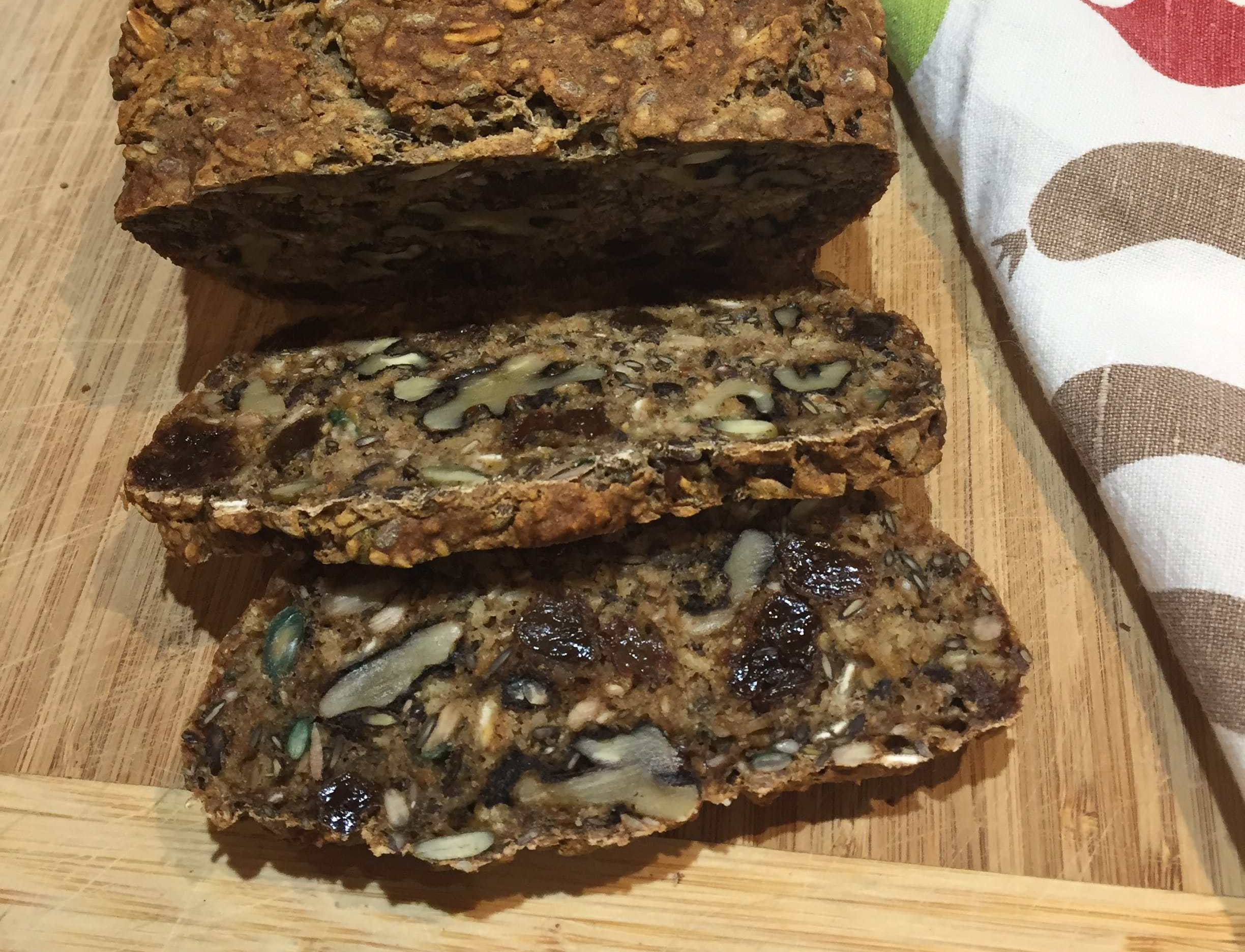Walk more! Putting one foot in front of the other more often could change health outcomes for millions.
FOR IMMEDIATE RELEASE
Walk more! Putting one foot in front of the other more often
could change health outcomes for millions.
TORONTO (ONTARIO) July 4, 2016 – Millions of Canadians pop pills for conditions that could be prevented, helped, or even cured through regular exercise. The magic prescription? Walking.
“Canadians have long undervalued walking,” says Toronto fitness trainer, Calabrina Boyajian, pointing to it as the single best thing most Canadians can do to improve their health. Teaching fitness classes at a number of prestigious Toronto-area clubs, Boyajian is attempting to lure would-be walkers of all ages and fitness levels back to the humble, accessible, and budget-friendly form of activity she appreciates herself. In fact, she’s recently introduced participants at two clubs to Nordic walking (also known as Urban Poling) – a full-body form of exercise many compare to cross country skiing without the snow.
Research suggests that if every Canadian resolved to take more steps every day, we’d be a happier, healthier nation, and we’d save millions in health spending. “Calabrina Boyajian is dead-on with her advice,” says Dr. Randy Knipping, Medical Director at DeerFields Clinic in Toronto. “The entire westernized world is facing a tsunami of cardio-metabolic disease with obesity, diabetes, heart disease, and degenerative brain disease undermining the economic, social, and medical foundation of our civilization.”
Not convinced? Dr. Knipping notes that losing just 2-3% of body weight can prevent diabetes in obese patients and that walking 15-30 minutes daily can reduce the risk of heart disease by 10%. “Every step counts, so count every step!” he urges.
Boyajian points out that walkers control their own workouts and can challenge themselves by way of frequency, duration, terrain, or by adding poles for an upper body challenge and to torch extra calories and engage 90% of their muscles as opposed to just 40% with regular walking. “Walkers can also add high intensity interval training to their walking workouts,” she adds, noting that skeptical participants and even fellow fitness colleagues are often left breathless, and with a whole new lease on walking as a workout, following participation in one of her walking classes.
An increasing body of research speaks to the physical and mental health benefits of walking more, particularly outdoors as opposed to on a track or treadmill, since a connection with nature appears to augment the mental health benefits.
Though experts suggest Canadians aim for at least 10,000 steps a day, each step taken is a step in the right direction. “Many adults can’t get their heads around the Canadian Physical Activity Guideline recommendations of at least 150 minutes of heart-pumping activity every week,” says Boyajian, “but a couple of 10 or 15-minute brisk walks a day is something we all have time for – and these ‘mini workouts’ may in fact do more for our health than a single longer workout each day,” she adds.
Walking lowers or reduces the risk of many health conditions, including: high blood pressure, high cholesterol, Type 2 diabetes, heart disease, osteoporosis, and breast and colon cancers. A low-impact activity, walking can also:
- Reduce the risk of stroke
- Help manage stress
- Speed up recovery following knee and hip replacement surgery
- Help those with arthritis to stay active
- Lead to better posture
- Lead to improved mental health
- Give us more energy
- Help us age well and retain independence
- Reconnect us with nature
- Enable us to be active role models for our kids
- Serve as a less stressful and ideal method of transportation
For those keen to start walking, or who have difficulty staying on track, the following tips may help:
1 – Keep a journal and record your workouts and progress.
2 – Wear a pedometer or use an app to track the number of steps you take each day.
3 – Walk with friends, family, or colleagues for company and support.
4 – Sign up for a charity walk for added motivation.
5 – Listen to a favorite playlist.
6 – Reward your progress.
8 – Be a role model and help others work towards their healthy lifestyle goals.
9 – Remind yourself how far you’ve come!
-30-
For more information about the benefits of walking, or to schedule an interview for further discussion, please contact Catherine Cameron at CAMERON Communications.


There are no comments